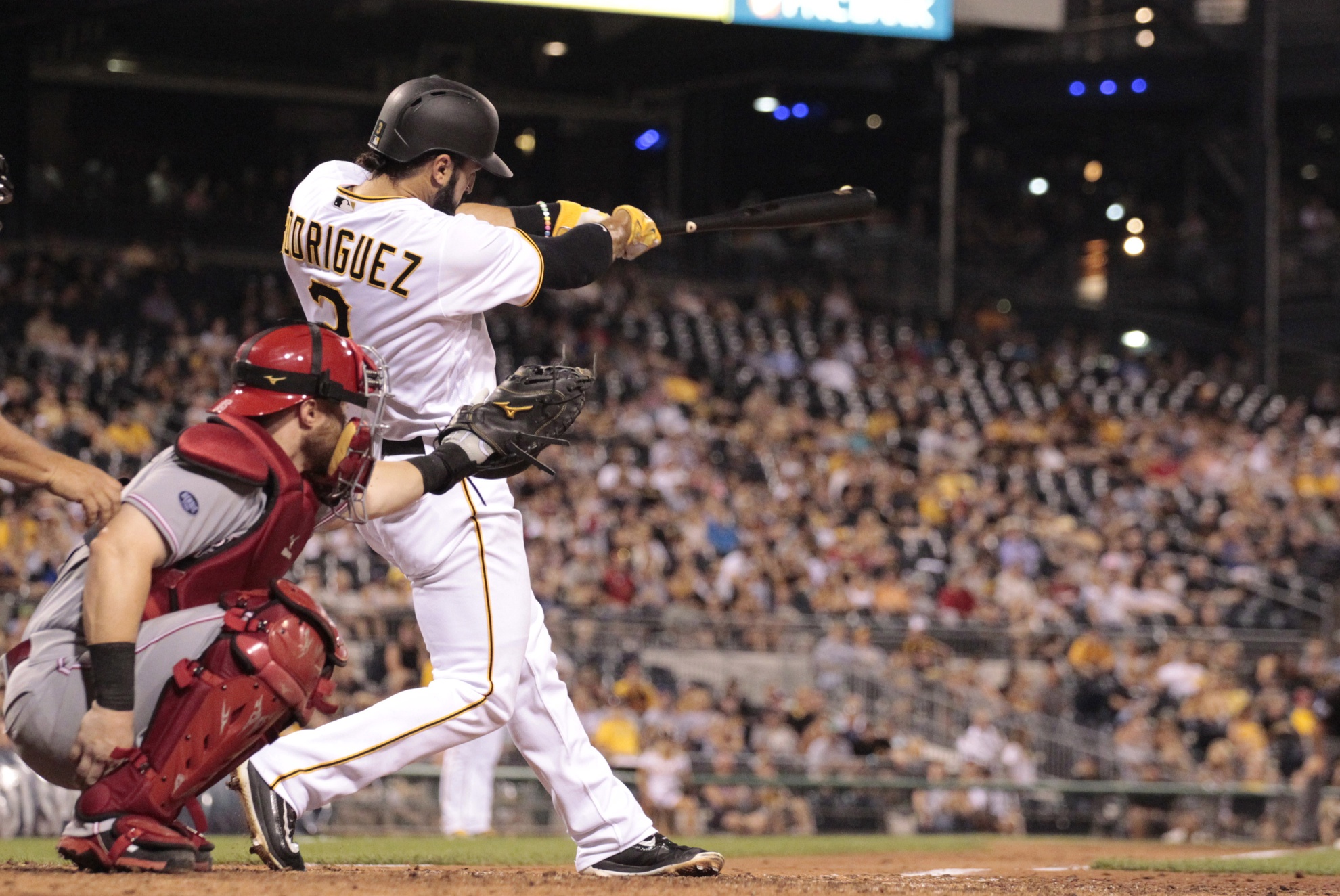You’re probably sick of Collective Bargaining Agreement news by this point. “They’re headed toward a lockout,” “they can avoid a lockout maybe…” But, if you skip past all of the saber-rattling and hyperbole, you can actually find some interesting nuggets about what is actually going on in these talks. It seems the MLB is fighting for an International Draft (which is causing holdups), draft pick compensation will no longer cost teams a pick, and most interestingly as it relates to the actual product on the field: rosters are going to expand.
It seems like the owners and the MLBPA have agreed to expand regular season rosters to 26 players in exchange for shorter rosters (27 or 28) in September. The idea from the ownership side is pretty simple. By cutting down the number of September players, you eliminate the parade of relievers that so often turns games into four hour slogfests, and you save a little bit of money. In order for the union to agree to fewer players earning big league salaries in September, they asked for one more salary for the full season. It’s a reasonably fair deal financially, but it has very interesting implications for roster decisions.
As it relates to the Blue Jays, this extra spot can be very useful. As long as they actually try to improve their overall club instead of just adding an eighth reliever (that’s totally what they’re going to do), there’s potential to take advantage of this right now in free agency.
There has been a rumour out there for the last week or so that the Jays are high on Sean Rodriguez as a sort of “jack-of-all-trades” type of utility player. This makes a lot of sense, since Rodriguez can passably play every position except pitcher and catcher (he actually played all seven last year). Unfortunately he isn’t a great hitter; last year’s career year notwithstanding. As such, he isn’t worth playing in a strict platoon. His career .249/.344/.411 against lefties just isn’t good enough for the role. Instead, his value comes from being able to back up many positions capably while tying up only one roster spot.
With the new 26th man, that particular skill isn’t quite as necessary. A team like the Blue Jays can go sign someone like Trevor Plouffe who can play 1B, 3B, and 2B in a pinch, or Steve Pearce, who adds the corner outfield to his list. Both of those guys actually hit lefties well (better in Pearce’s case). Then the club can just assign another spot to an elite defender in the middle infield. They would lose a little offensively at 2B and SS, but gain it where you expect the player to be getting his most at-bats (in this case platooning with Justin Smoak) without spending much extra money, if any.
On the flip side, you could sign Rodriguez and pair him with someone who plays the other side of the platoon, like Pedro Alvarez or Brandon Moss, and actually get real production out of first base. Neither of those players are can hit lefties at all, so they shouldn’t cost a fortune to sign. And while Rodriguez still isn’t the lefty masher you want, if there are righty crushers on the other side, he’s more than capable of filling the platoon/super-sub role. Additionally, with the extra spot on the roster, you can afford to hold Justin Smoak as a true backup. This provides very valuable offense at 1B, with an extremely capable backup at every other spot on the field.
The same principles would apply in the outfield as well. Platoons no longer have the same impact on roster depth that they used to. No matter which way they go (as long as it’s a bat), the bigger roster can gives the Blue Jays more options than they had before. This is a big help to a team that may not be able to afford to play for difference-makers like Dexter Fowler, Yoenis Cespedes, or Edwin Encarnacion and still filling out the remaining holes.
That’s not to say there are no potential downsides to the additional roster vacancy, but those apply more to the future.
When the Blue Jays were setting their 40-man roster recently, they chose to add Anthony Alford, Richard Urena, and Ryan Borucki because they felt those players could all help a big league club enough right now, and thus would be at risk of Rule 5 selection. Those really shouldn’t have surprised anybody.
However, they decided not to protect Francisco Rios and Angel Perdomo. Rios dominated in Lansing before pitching very well in Dunedin (and appearing in the Futures Game), and Perdomo struck out 11.1 batters per nine in Lansing. Even with those performances, the logic behind exposing them was solid. Both of those pitchers are too raw and too far away to help in any sense this year. But with the extra spot, more teams can afford to grab guys like Perdomo/Rios and just stash them in the bullpen for a year without worrying about harming the on field product. The pitchers would get a few long relief outings here and there, and then just got back to the minors next year to continue their growth as starters. That’s not to say they will be chosen, but the odds definitely go way up.
It will be very interesting to see how this all plays out in Toronto, both in the short and long term. With the extra options, this is just one more opportunity for a smart front office to get a leg up on the competition.
Hopefully Messrs. Shapiro and Atkins are up to the task.
Lead Photo: Charles LeClaire-USA TODAY Sports
